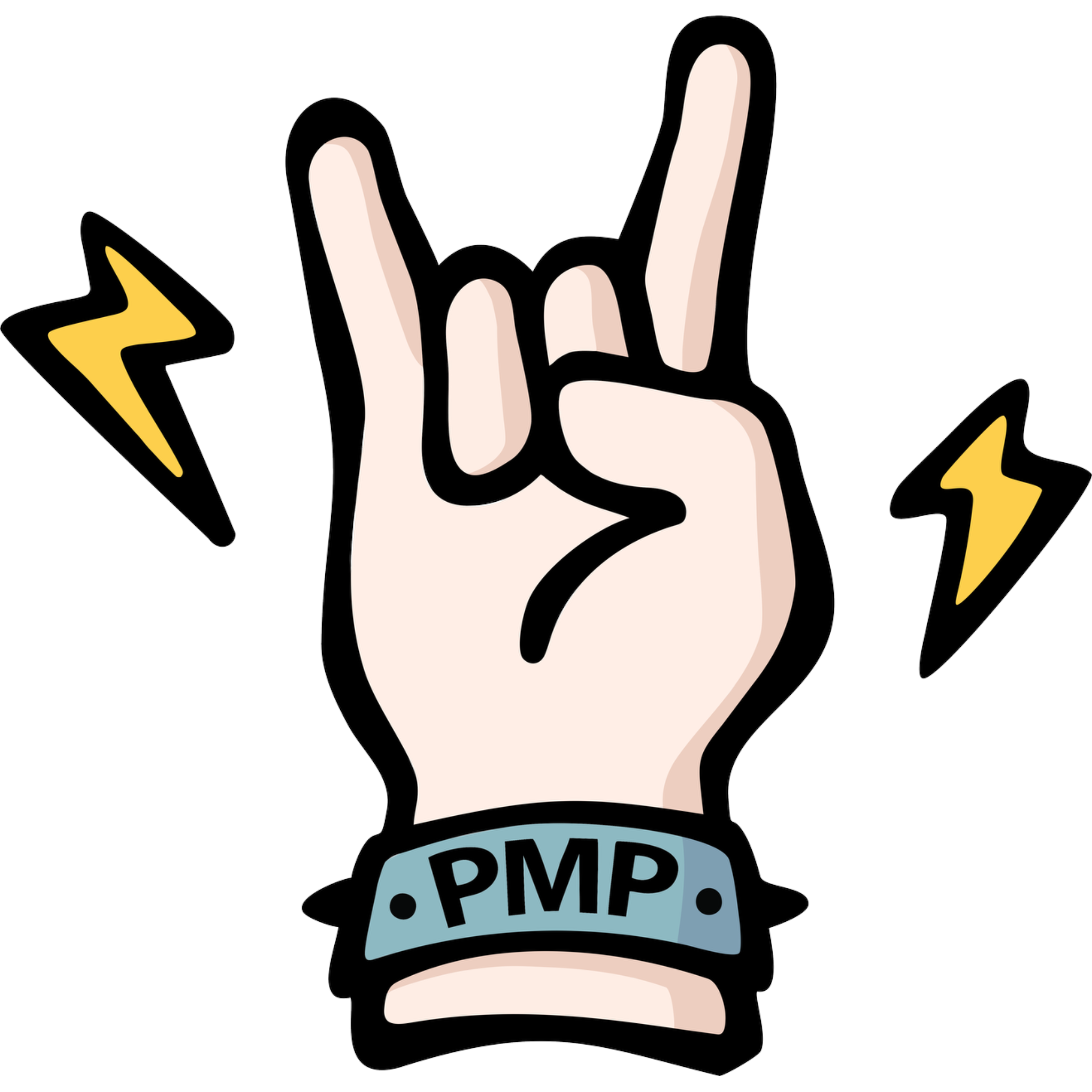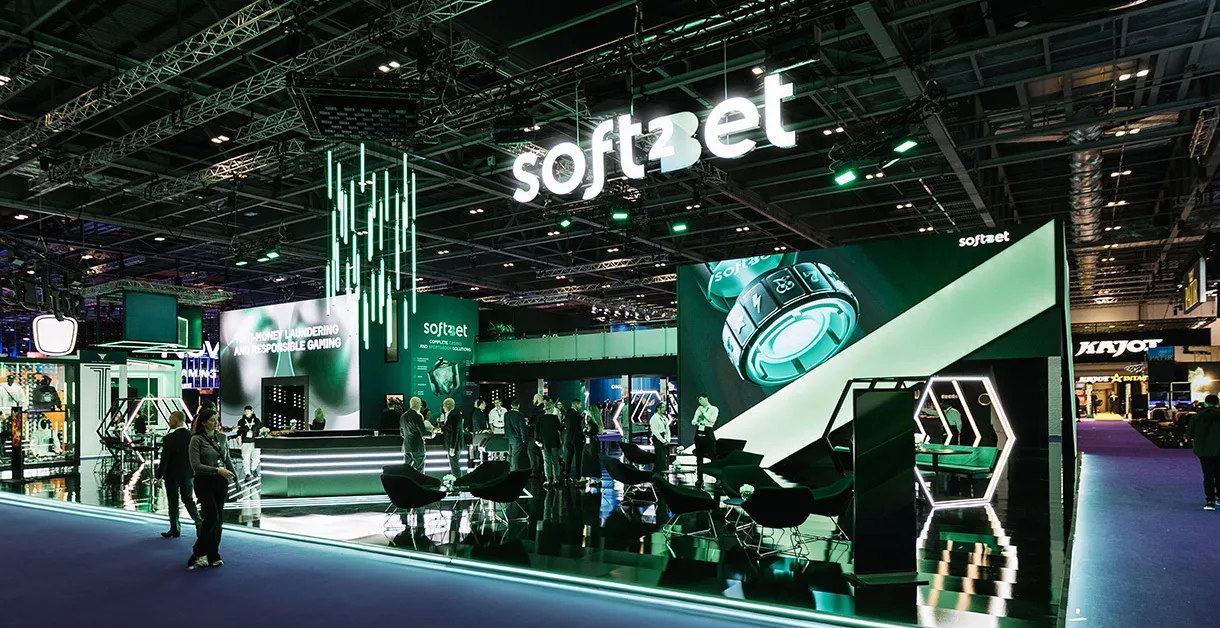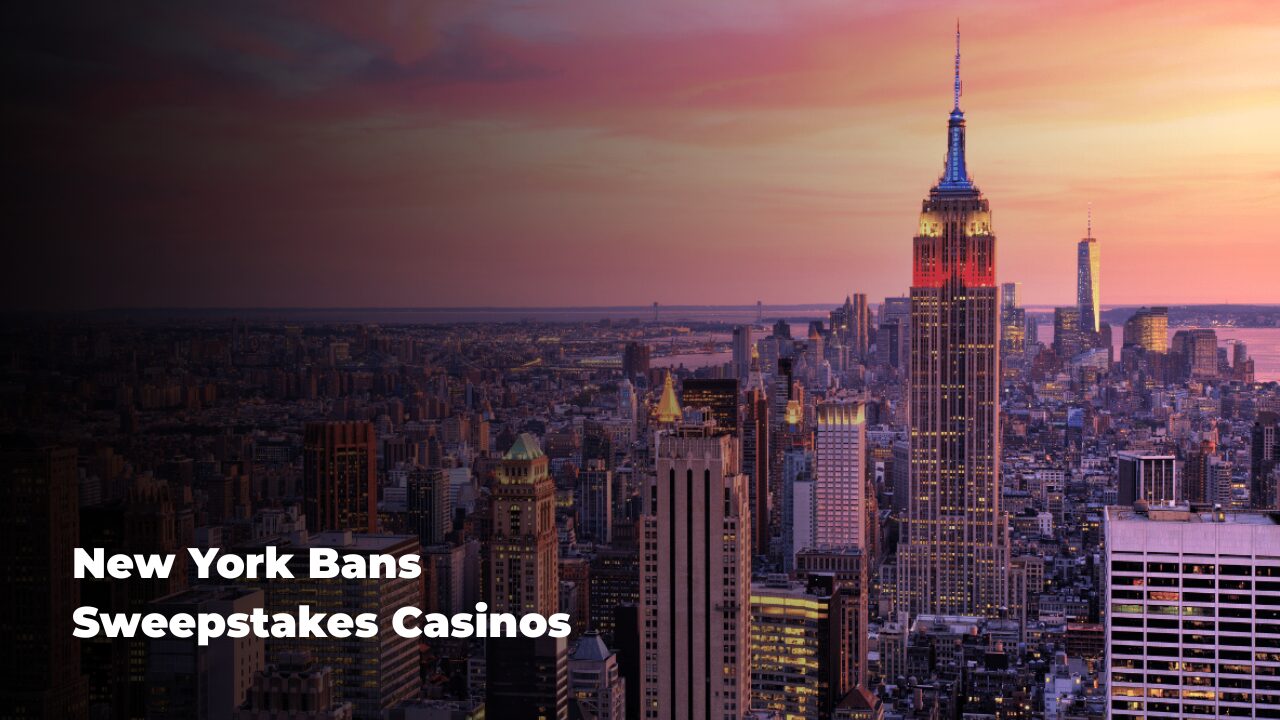Hockey fans face nonstop gambling logos and ads, sometimes every 13 seconds, during broadcasts of major games, research given to the Guardian showed. Viewers of June’s Stanley Cup finals saw an average of 3.5 betting messages per minute, according to a University of Bristol study. Since the Supreme Court ended the federal sports betting ban in 2018, the US gambling market has expanded rapidly. Sports betting is now legal in 39 states and Washington DC, with online operators spending billions.
Industry groups invest heavily in sponsorships, billboards, and advertising, but critics say they have turned major games into nonstop gambling opportunities. Paul Tonko, a Democratic congressman, told the Guardian the constant ads risk young and vulnerable groups, pulling new gamblers into an already addictive product. The Bristol study reviewed six Stanley Cup finals between the Florida Panthers and Edmonton Oilers, plus seven NBA finals between the Indiana Pacers and Oklahoma City Thunder.
Extent of Gambling Marketing in Sports Broadcasts
Researchers logged 6,282 gambling marketing instances across 13 games, including jersey logos, rinkside boards, commercials, and in-game mentions, with 94% during NHL broadcasts. Data showed NHL games had 3.5 logos or ads per minute, with the busiest game showing 4.7 instances every minute, equal to one every 13 seconds. NBA games averaged only 0.26 references per minute, partly due to stricter online platforms like YouTube limiting gambling ads, researchers noted.
The academics examined broadcasts and pre-game coverage, finding that most gambling promotion came from in-stadium visuals like rinkside boards, jersey patches, and electronic structures. They said this type of promotion offered brands consistent exposure, with logos being the most used format, while commercials appeared less but still raised the overall volume.
Calls For A Crackdown
Things shifted sharply after the Supreme Court ruling. Stephen Shapiro, a South Carolina professor, told the Guardian that before 2018, most leagues avoided gambling ties. He added that now leagues, teams, and gambling firms create partnerships, with athletes also joining campaigns, changing public opinion and normalising betting as a supported activity. Shapiro said in-game ads remain powerful because sports betting companies gain value when fans place live wagers throughout events.
Even jersey logos and stadium placements improve brand recognition and credibility during live play, Shapiro explained. In the UK, psychology experts from four universities found 3,500 betting logos during a Premier League match in 2023, mostly on pitchside hoardings. Andrew Billings, Alabama sports communication director, said other media allow skipping commercials, but sports guarantee viewers watch ads live with the game.
Call for Federal Rules to Limit Gambling Marketing in the US
This US study recommended federal rules limiting gambling marketing, including volume caps and defining how such content can appear during broadcasts. Billings added that the US may need national legalisation plus consistent regulation to address rising sports gambling addiction signals. The NHL, NBA, and the Responsible Online Gaming Association gave no response to questions about these findings.
AGA spokesperson Joe Maloney criticised UK researchers, saying they should engage directly instead of predictable leaks to the UK media. Maloney highlighted AGA research showing sports betting was only 0.4% of US TV advertising in 2024, behind alcohol and pharmaceuticals. A July survey from the National Council on Problem Gambling said risky gambling declined since the Covid-19 pandemic, but gambling harm remains high among young adults, sports bettors, and online gamblers.
Rising Problematic Gambling Behaviour in the U.S.
Nearly 20 million US adults reported at least one repeated problematic gambling behaviour during the past year, the survey revealed. Studies from many countries link gambling ad exposure with higher gambling participation, especially among vulnerable populations. Representative Tonko introduced the Safe Bet Act, seeking baseline standards to protect consumers and address gambling’s public health risk.
He stressed that now, more than ever, a strong health-focused response is required. But John Fortunato, Fordham professor specialising in sports media, said cutting gambling ads soon seems unlikely. State governments depend on gambling tax revenue, so regulation must come through legislation.

 Companies
Companies 





